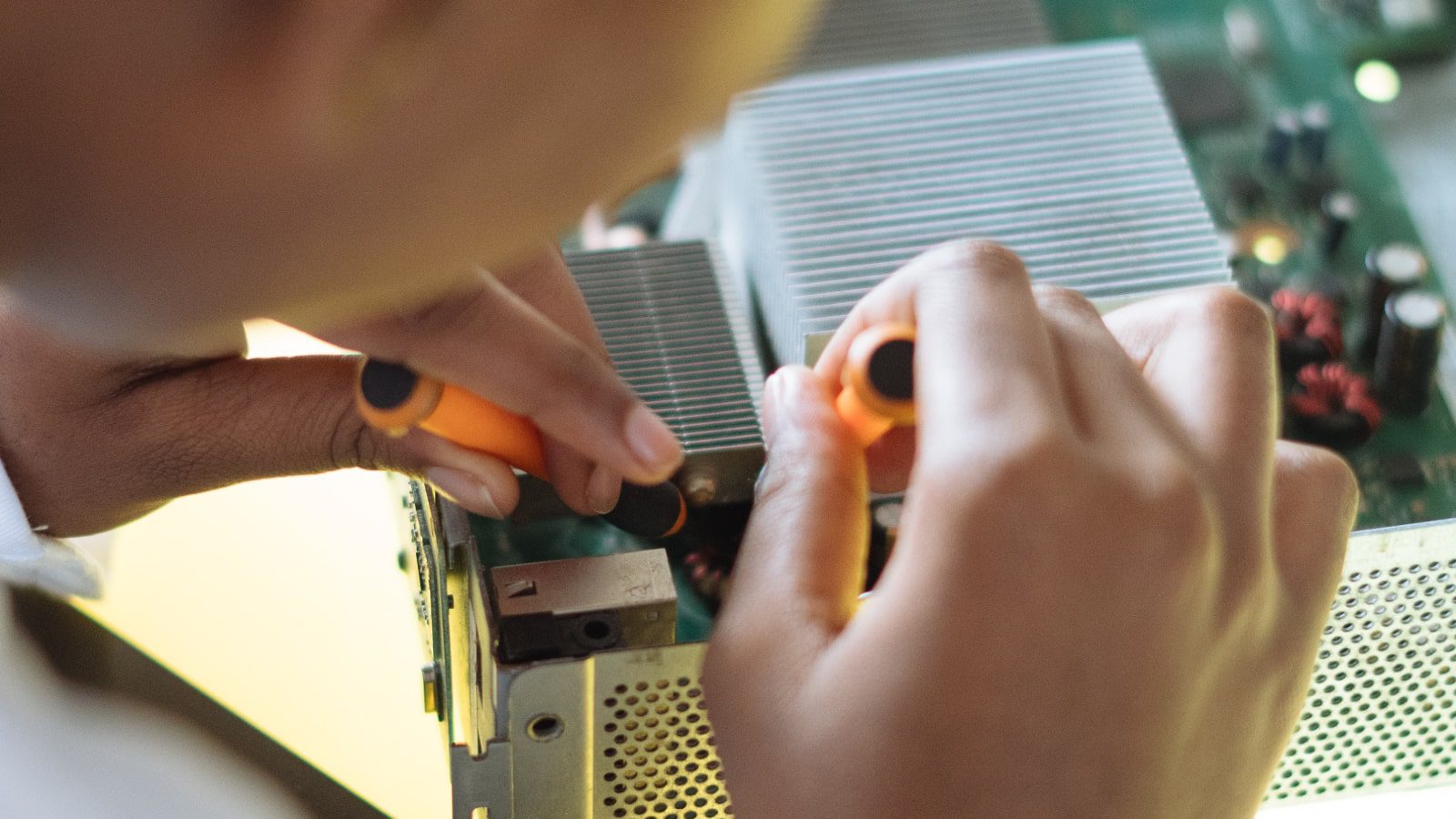According to Reuters, Apple is under investigation in France for “planned obsolescence,” also known as purposely breaking your iPhone. Planned obsolescence is nothing new in the consumer technology industry. And several states are passing “right to repair” bills to allow consumers to fix their broken gadgets. However, the right to repair does more than save your wallet. It also helps the environment from mountains of e-waste. Or at least, that’s the intended purpose.
Right-to-repair laws should protect the environment from e-waste.
According to the Environmental Protection Agency, e-waste is discarded electronics that could be recycled, reused, or repurposed. Many old gadgets containing harmful chemicals and valuable materials wind up in landfills without considering the impact. Workers who handle e-waste are also often exposed to these toxic chemicals, usually found in batteries and other internal components. Workers who experience prolonged exposure to these materials, especially from open-air burning and acid baths, could have adverse health effects.
And in 2023, it’s no secret that companies build their devices for the short term rather than to last. For example, Google’s Chromebooks have a notoriously short lifespan and brick in eight years, no matter what. And when the pandemic hit, schools bought these affordable laptops in droves, often used, and now they’re all breaking. These busted laptops are now creating mountains of environmentally harmful e-waste.
Broken electronics often only need simple repairs to work properly again.
The Japanese electronics company Epson is under scrutiny for arbitrarily bricking their printers that need a simple part replacement. Epson printers with saturated ink pads will display an error that a part has “reached the end of its service life.”
Many consumers who see the message don’t want to deal with the hassle and throw out their printers. However, replacing or cleaning an ink pad is often a quick and straightforward task. Such is the case for many low-end electronics that break easily. And sometimes, like with Google’s Chromebooks, tech companies will brick their products with no hardware failure.
In the case of Chromebooks, Google only provides software updates for eight years. After eight years, they can no longer securely access the internet, becoming essentially useless. Google could prevent millions of tons of carbon dioxide emissions from leaking into the atmosphere by continuing Chromebook software updates.
And, yes, they’re low-end, affordable laptops with cheaply made parts that break easily. However, Google intentionally designs these parts to be harder to fix than necessary. For example, every model has a thin plastic bezel around its screen. Each new model has slight, insignificant design changes, making finding the correct replacement part far more complex.
Unfortunately, the issue could have unforeseen consequences.
According to Harvard Business Review (HBR), right-to-repair laws could have unintended consequences on the consumer tech market. The movement could see companies raise the price of their high-end electronics that are expensive to manufacture to offset costs. However, it could also have an unforeseen impact at the low and middle ends of the product range.
Companies will likely lower the price of their cheapest and mid-range products to incentivize consumers to fork over more cash. This would, in turn, inadvertently create more e-waste. However, as replacement parts and services become cheaper with right-to-repair legislation, companies must continually cut prices. Except, this would thin out profit margins.
If companies lose too much profit, they could cut low-end products entirely. Without low-end tech, consumers would have no choice but to go for the more expensive product. Those who don’t have the money for costly electronics will likely buy used, less efficient products, which are worse for the environment. However, this is a worst-case scenario but one worth mentioning, as right-to-repair laws intend to protect consumers and the environment.

